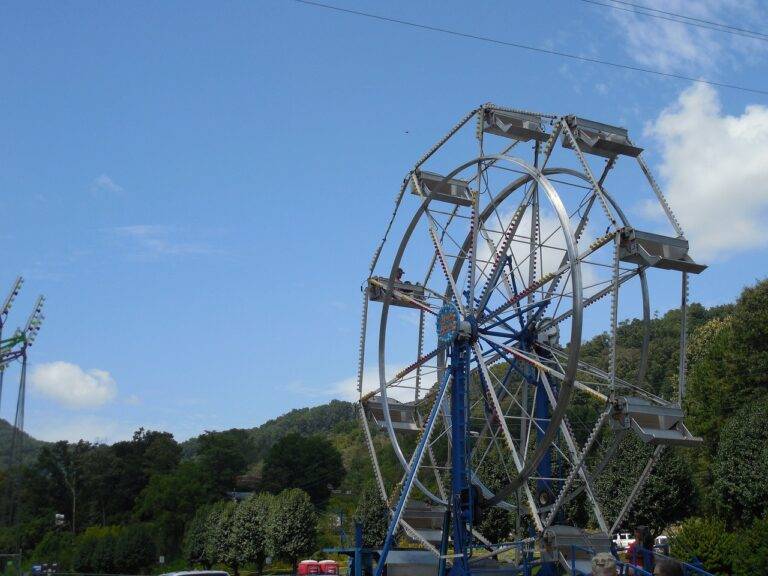Exploring the World of Sci-Fi Films: Trends and Innovations
Dystopian futures have long been a captivating theme in the realm of science fiction films. These narratives often depict societies plagued by oppressive governments, environmental disasters, or technological advancements gone awry. The allure of exploring these dark and foreboding worlds lies in the reflection they offer of our own societal fears and concerns about the future.
In recent years, the prevalence of dystopian futures in sci-fi films has only increased, mirroring a growing unease about the direction of our world. These films serve as cautionary tales, warning viewers of the potential consequences of unchecked power, unchecked technological progress, and the disregard for the well-being of our planet. As society grapples with complex issues such as climate change, surveillance, and social inequality, these dystopian narratives provide a lens through which we can examine our own actions and choices.
The Impact of Technology on Sci-Fi Storytelling
Technology plays a pivotal role in shaping the narratives of sci-fi storytelling, often serving as a catalyst for both conflict and resolution in these futuristic worlds. From advanced artificial intelligence to immersive virtual realities, technology in sci-fi films offers a glimpse into the endless possibilities of human innovation and its consequences.
Moreover, technology not only acts as a backdrop for the storytelling but also becomes a character in its own right, influencing the decisions and fates of the characters within the narrative. Whether it be the ethical dilemmas of genetic engineering or the dangers of unchecked technological advancements, sci-fi films often use technology as a lens through which to explore complex philosophical and moral questions about the future of humanity.
Exploring Alien Worlds and Extraterrestrial Life in Sci-Fi Films
From the vast cosmos to the uncharted territories of distant planets, science fiction films have long captivated audiences with their vivid portrayals of alien worlds and extraterrestrial life forms. Whether it’s the lush landscapes of Pandora in “Avatar” or the barren desert of Arrakis in “Dune,” filmmakers have pushed the boundaries of imagination to depict civilizations beyond our wildest dreams.
Through groundbreaking visual effects and intricate world-building, sci-fi films transport viewers to realms teeming with strange creatures, advanced technologies, and alien societies. These cinematic explorations of alien worlds allow us to ponder the possibilities of life beyond Earth and reflect on our own existence in the grand tapestry of the universe. Each film offers a unique perspective on the complexities of interstellar travel, communication with alien species, and the inherent curiosity that drives humanity to seek out the unknown.
Why are dystopian futures a common theme in sci-fi films?
Dystopian futures are often used as a way to explore societal issues and the potential consequences of certain actions or technologies.
How has technology impacted the storytelling in sci-fi films?
Technology has allowed filmmakers to create more visually stunning and immersive worlds, as well as explore complex scientific concepts in a more accessible way.
Why are alien worlds and extraterrestrial life popular themes in sci-fi films?
The idea of exploring unknown worlds and encountering alien life forms has long fascinated audiences, allowing for endless possibilities and speculation about the existence of life beyond Earth.





